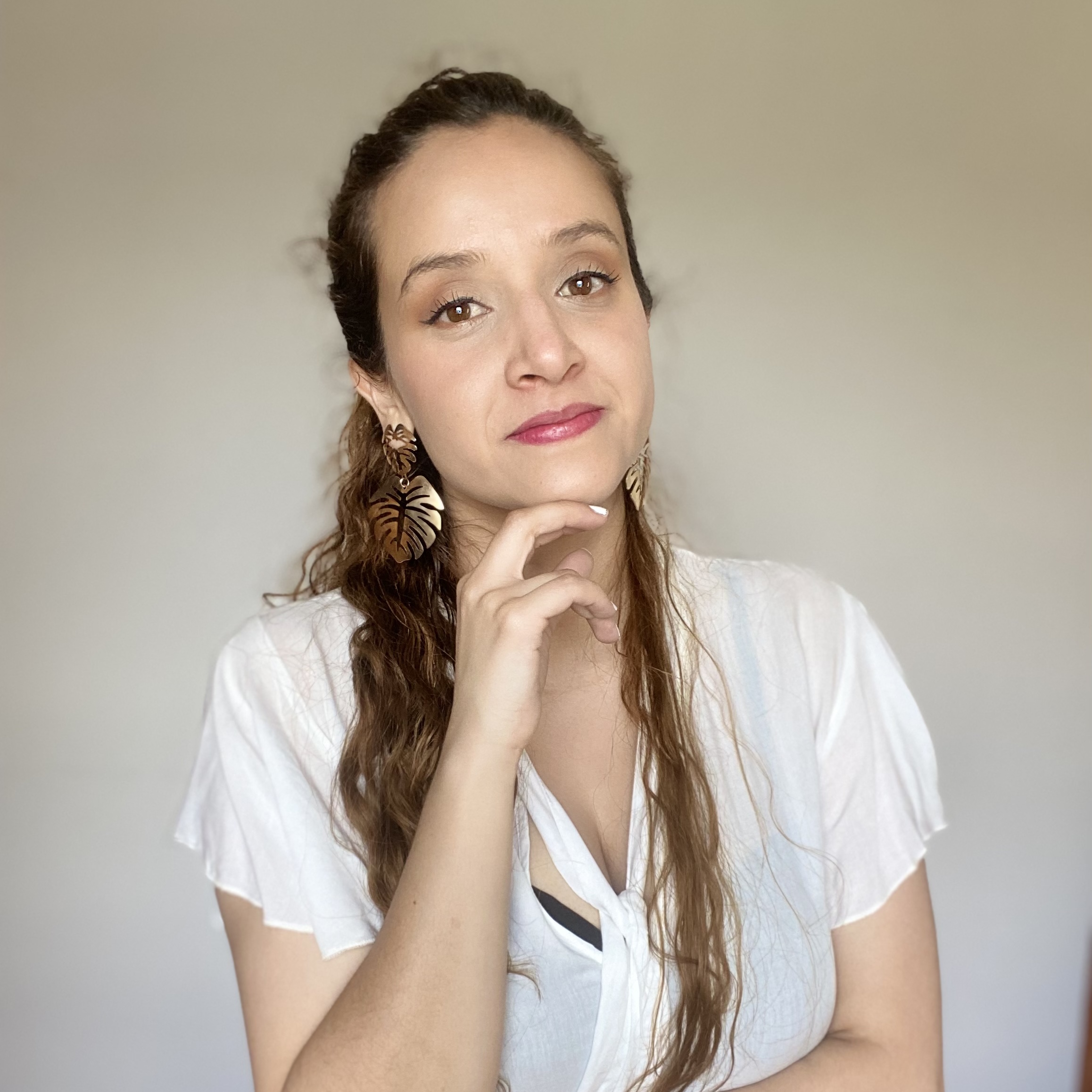WHICH SPANISH IS THE BEST TO LEARN?
- Angela Blanco
- Feb 11, 2024
- 2 min read
Mexican Spanish, Castilian Spanish, Colombian Spanish… where do we stop?
In the vast and diverse landscape of Spanish-speaking countries, language learners often face a common dilemma: Which Spanish is the Best to Learn? Which version of Spanish should I focus on?
The variations in accent, vocabulary, and even grammar across regions like Spain, Mexico, Colombia, and Argentina can make this decision seem overwhelming. But is this concern really necessary, or is it just a myth fuelled by misconceptions about language learning?
Let's dive into a conversation between Angela Blanco (founder of Fluency Lab) and David from Canada, one of our most advanced students, as they shed light on this topic and challenge the notion that language has rigid borders.
David was initially concerned about selecting a particular type of Spanish to learn, influenced by online warnings about the significance of choosing the right teacher based on their country of origin. However, as David's language journey progressed, he came to realize that Spanish goes beyond regional boundaries. Now, he strongly believes that focusing on the basics lays a solid foundation for understanding and speaking Spanish in different regions.
Angela emphasizes the numerous misconceptions surrounding language learning. These misconceptions often create unnecessary pressure to choose a specific dialect or accent. For Angela, is important to recognize that even within the same country, variations of accents and slang can be based on age, gender, and personality exist.
David suggests that engaging with materials from various countries helps grasp different linguistic nuances, ultimately enhancing overall proficiency. Both David and Angela encourage embracing the diversity within the Spanish language and breaking down the barriers between Spanish-speaking regions.
So, where does this leave language learners who are grappling with the question of which Spanish to learn? Instead of fixating on a single dialect or accent, embracing a broad exposure approach proves to be beneficial, especially in the early stages of learning.
WHICH SPANISH IS THE BEST TO LEARN IN A NUTSHELL:
The key takeaway from this conversation is that language learners need not fixate on a single dialect or accent. Embracing a broad exposure approach in the early stages of learning proves beneficial. While specific regional nuances may become more relevant as fluency increases, prioritizing a comprehensive understanding of the language lays the groundwork for proficiency across diverse contexts. In conclusion, we suggest you to:
Embrace a broad exposure approach in the early stages of learning Spanish
Prioritize a comprehensive understanding of the language to lay the groundwork for proficiency across diverse contexts
Eliminate borders and embrace the diversity of accents, dialects, and linguistic variations within the Spanish-speaking world by exposing yourself to content from different places.


Comments